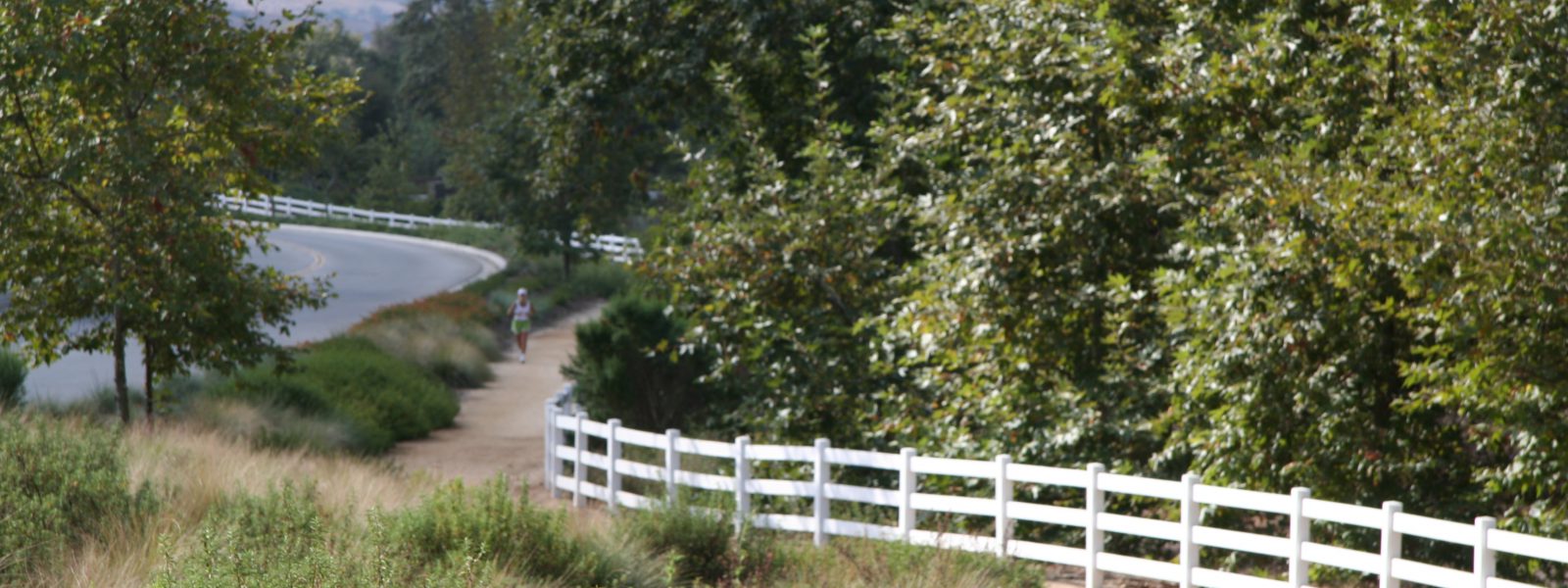KNOW WHAT YOU WANT IN A PROGRAM
For either an Undergraduate or Master’s Degree, the program and coursework you pick is going to be important. A great resource to finding accredited schools is the American Society of Landscape Architects. There are a limited number of specialized programs, so relocation may be required in order to get the track that you want. If you are seeking a Master’s in Landscape Architecture, it will take two or three years depending on your undergraduate degree and which specific program you choose.
DOES YOUR SKILL SET MATCH THE REQUIREMENTS?
Not only will you need a passion for design and visual appeal but also a knowledge and interest in natural sciences, horticulture, building materials and construction methods, grading design and a basic knowledge of hydraulics. You should be meticulous with details, proficient in math, spacial reasoning, and be able to spend a lot of time using computer programs and drafting. These skills will be benchmarks to determine if you will succeed after graduation. Drawing and art are going to be a major part of your success in addition to math and science coursework. Like in most architectural and engineering focused professions, critical thinking, problem solving and verbal and written communication skills are going to be the important tools throughout your career.
YOUR FUTURE PROSPECTS AND CAREER OPTIONS
Landscape architects are employed in three sectors – private, public and academic. In the private sector, we will often work on projects for developers and builders, designing beautiful parks, open spaces, urban design, streetscapes, water quality systems and habitat restoration. Landscape architects in the public sector will work with federal, state, regional, and municipal agencies involved in land planning, development, and preservation. Federal agencies that routinely employ landscape architects include the U.S. Forest Service, National Park Service, Department of Transportation, and many others. In the academic sector, landscape architects will often be brought on as college faculty in landscape architecture, art, and planning departments.
YOU SHOULD CARE ABOUT THE ENVIRONMENT
Landscape architecture is far more than just making the outside world pleasing to the eye. Most projects require creating safe and sustainable spaces that can adapt to changing environments, and combating the effects of climate change. Land reclamation, in-fill projects and brownfield development is increasingly becoming a part of a landscape architects portfolio. Conservation should be an issue close to your heart and is a core focus of landscape architecture.
PRACTICAL EXPERIENCE IS HIGHLY RECOMMENDED
Many programs will require internships, but in the meantime, there are a few avenues you can explore to help determine if landscape architecture is something you want to pursue. Visiting universities with reputable programs and viewing final projects and presentations done by students is a great idea. Working in a design related office, nursery or a landscape construction company would be very helpful. Working part time in a landscape architecture or design related firm is a great way to see the business side of your career and to explore how the private and public sectors operate.
